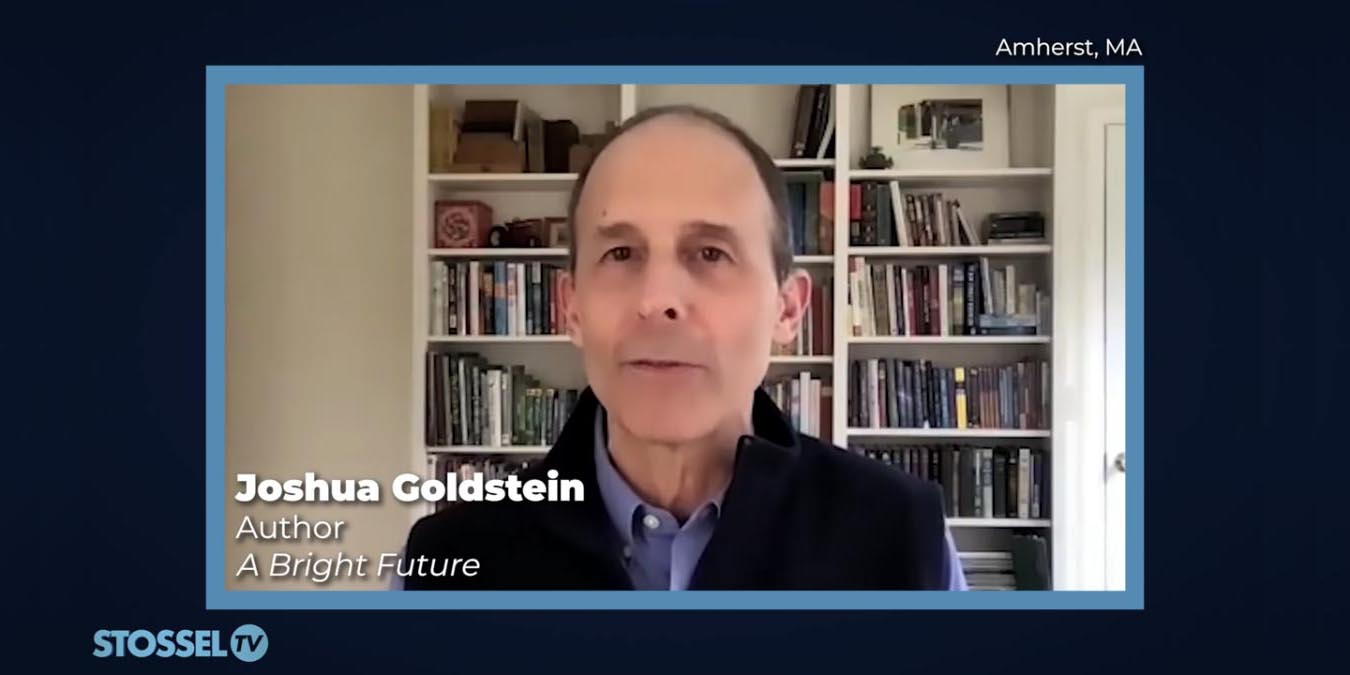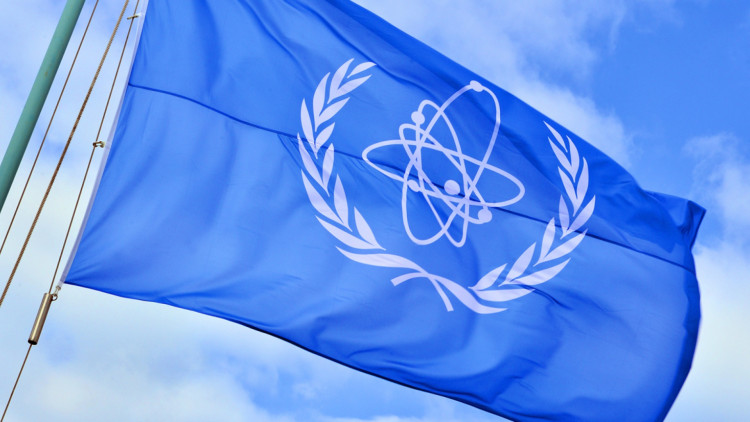YouTube video: Facts are on nuclear’s side

Climate activists rarely mention nuclear power as a tool in the battle against climate change, consumer reporter John Stossel comments during the video "The Nuclear Option" on his YouTube channel.
Stossel notes during the brief video, which was posted to YouTube last week, that France and Sweden cut their carbon emissions by using nuclear power. Yet there are antinuclear groups claiming that nuclear is too dangerous and costly to be considered as a climate solution.
As shown in the video, a young, bohemian activist, who is taking part in a staged nuclear "meltdown" during a small group protest at New York City's Grand Central Station, claims, "The future of Earth is not going to be brought to us by nuclear power." The activist then screams out "meltdown!" similar to what the Wicked Witch might proclaim as she dissolves away. The activist then slowly collapses to the floor and is followed by other protestors who do the same.
Some history: Stossel says that nuclear power came to a halt in the United States 40 years ago because of the partial meltdown at Three Mile Island-2, an accident that killed no one, he notes.
Less than two weeks before the TMI accident occurred, Hollywood released the movie The China Syndrome about an accident at a fictional nuclear power plant. That movie, in combination with the real-life TMI accident, scared a lot of people away from nuclear, Stossel explains.
Pronuclear environmentalist Joshua Goldstein agrees. "We'd have a lot more nuclear power if not for that movie," he says in the video. Goldstein is the author of A Bright Future, a book about how nuclear power can help to decarbonize the world.
The antinuclear side: Also interviewed is Harvey Wasserman, an aging environmental activist and author of the book Solartopia, which calls for the banning of all fossil fuels and nuclear power by 2030. "I live in terror of the next accident," Wasserman tells Stossel.
Wasserman says that as a young reporter in the 1970s, he went to the TMI area after the accident and talked with residents who had tumors and suffered from hair loss. Stossel counters that claim, saying that the accident's aftereffects have been studied and that Wasserman's findings are "bunk." Yet Wasserman holds to his position, stating that people were killed at TMI.
Other accidents: Stossel's video then turns to Fukushima, where Goldstein notes that the earthquake, tsunami, and nuclear accident caused panic, which led to suicides, depression, and other effects. “But it was the fear of radioactivity that killed people” and not radiation itself, Goldstein says.
The discussion turns to the Chernobyl accident, which did result in deaths. "It happened in the old socialist Soviet Union,” Stossel says, “where those who built the plant cut corners to please the dictators. Investigations revealed both procedural and design errors.”
Bottom line: Stossel then displays charts that show that even including Chernobyl, nuclear power is much safer than coal, oil, and natural gas, and is almost as safe as solar and wind. "Facts are on your side,” he confirms to Goldstein.




